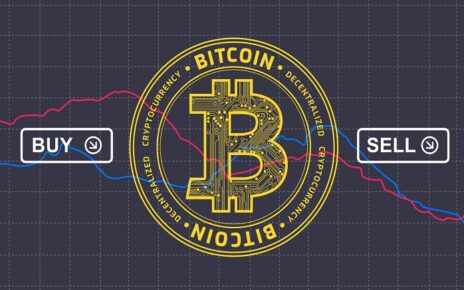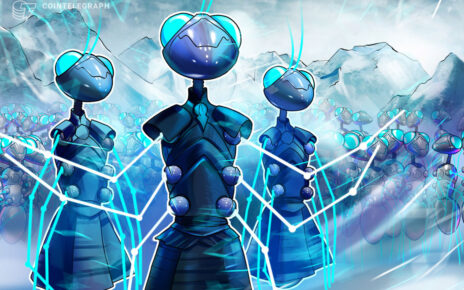Every single person that uses the internet today, does not have primary control of the data they share on certain websites.
Ethereum stands out from the rest, as it attempts to employ the blockchain as a way to correct what the designers of the internet.
The best way to describe it would be a “decentralized appstore” where anyone is able to publish their apps (dapps). Unlike today’s apps (such as Google Maps or Youtube) they do not need a middleman to function or control that user’s info.
These “dapps” link the user and provider directly. There isn’t just one definition of a dapp, as it is a new and emerging concept.
One example would be a decentralized Facebook that is resistant to posts being banned by Facebook itself. Once a message is published on the blockchain, it can’t be removed by anyone.
The main traits they hold is that they are open sourced and don’t possess a central point of failure.
Three Dapps
While ethereum promoters may be excited that the new technology is out there, the ethereum white paper splits the “dapp” capabilities into just three categories. The three different categories include: apps that manage money, apps where money is involved but isn’t the primary objective and apps in the “other” category, which involves but is not limited to, voting and decentralized governance systems.
In general, there are three types of applications on top of Ethereum. The first category is financial applications, providing users with more powerful ways of managing and entering into contracts using their money. This includes sub-currencies, financial derivatives, hedging contracts, savings wallets, wills, and ultimately even some classes of full-scale employment contracts. The second category is semi-financial applications, where money is involved but there is also a heavy non-monetary side to what is being done; a perfect example is self-enforcing bounties for solutions to computational problems. Finally, there are applications such as online voting and decentralized governance that are not financial at all.
In the first type of financial application app, it provides users more authoritative ways of managing and entering into contracts using their money. It uses the network’s distributed network nodes as a way of distributing this data.

The second type of application combines money but has a heavy non-monetary side with information from outside of the blockchain. As a brief example, a crop insurance app that is primarily dependant on an outside on-going weather feed.

There is some skepticism among some developers about a decentralized way to gain the information from outside of the blockchain. In order to execute the smart contracts, though they rely on that up-to-date outside data.

If Bitcoin is able to do away with financial authorities, are companies and organizations able to do the same?
Decentralized autonomous organizations are one kind of this third dapp. The aim is to form a leaderless company, make rules in the beginning about how each member is allowed to vote and how company funds are released. Once this is done they just, let it go.
Featured Image: Depositphotos/© nils.ackermann.gmail.com






